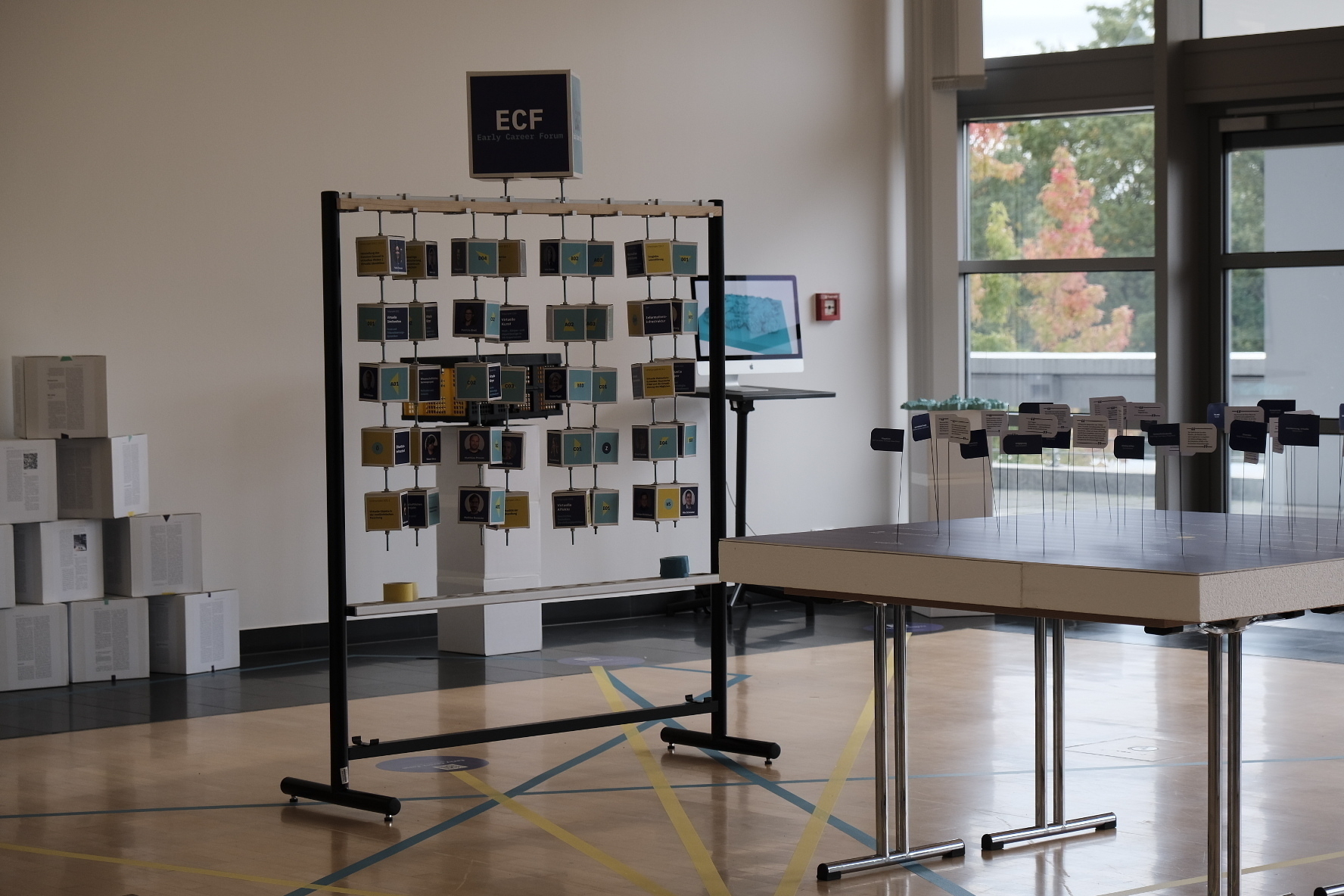A situated lexicon of #virtuality: We have written a volume on an underappreciated term
It was a lot of fun (and work) to get this ready as a co-editor. It was also a risky adventure, a different way of representing knowledge. Get the open access version very soon (download incoming).
www.transcript-verlag.de/978-3-837…
We’ll be sharing the concept and some artwork during today’s evening event,you can grab the Zoom link here. Later we will also publish videos of the exhibition.
We we also freakish enough to write (and review) this volume entirely through Markdown (#Obsidian) text files, leaving Microsoft Office and others behind. That’s been somewhat of a success.


Trouble through a lexicon
The form of the lexicon allows us to juxtapose terms, objects and trains of thought and leave them to stand on their own without immediately assuming a connecting dramaturgy or coherence. Beyond conventional essay structures and argumentation chains, the concise form of the lexicon article allows us to address phenomena and concepts via lemmas and present them in a pointed manner. At the same time, a lexicon invites you to stroll around, to suddenly get stuck on a term or image, to gain insights into other perspectives on familiar terms or objects, to be surprised by special cases and curiosities. The reference structure of a lexicon provokes non-linear reading practices, jumping between texts and different reading and reception paths through the book. The alphabetically sorted juxtaposition of articles fans out the diversity of virtuality. However, encyclopaedias are not infrequently instruments that carry out standardizing settlements with a claim to universality and completeness. In order to problematize such movements of closure, our lexicon breaks with conventional claims in two ways: through the selection of objects and the positioning of their presentation.
On the one hand, the claim to completeness can be thwarted by not systematically going through the supposedly central concepts and contextualizing them historically. Instead, our articles deal with particular phenomena and details that gain relevance against the background of virtuality… On the other hand, and as a consequence of this, we understand our lexicon as situated, insofar as it aims neither at completeness nor objectivity in the classical sense, but recognizes the multiplicity and fluidity of experiences and practices. We follow Donna Haraway’s (1995) proposal to produce situated knowledge that subverts the panoptic gesture and the “conquering gaze from nowhere” (ibid.: 80) of classical lexicons.